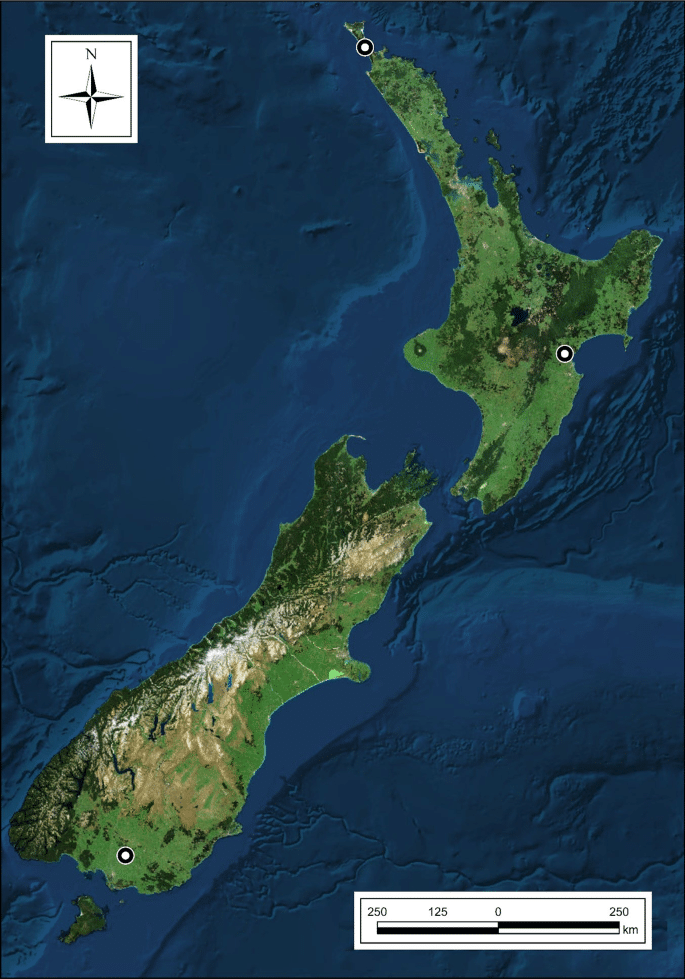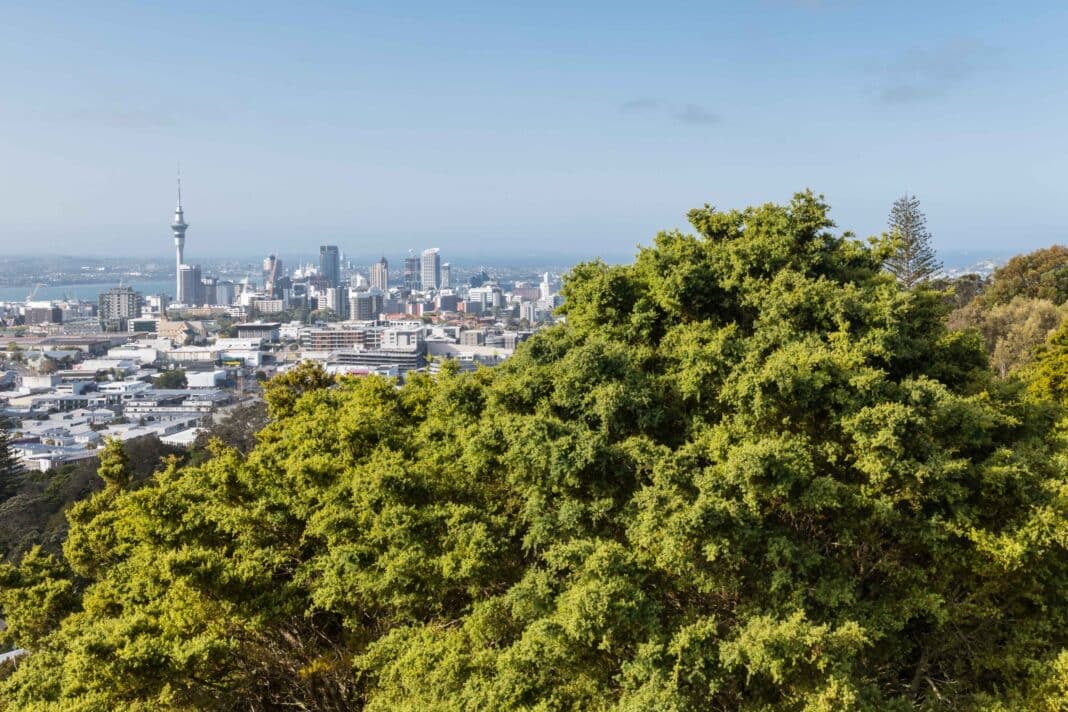New Zealand scientists have developed a new framework to rank the carbon sequestration potential of different exotic and native tree species—a breakthrough in the debate over trees’ role in NZ’s Emissions Trading Scheme (ETS).
Published in the Carbon Balance and Management journal, the Scion-produced “Carbon sequestration potential of plantation forests in New Zealand” has determined, for the first time, that no single tree species is best at storing carbon. Instead, choosing the right tree for the right location ultimately depends on forest growth rates and life cycles.
The topic of afforestation, specifically plantation vs native afforestation, is a subject of intense debate in New Zealand – with policymakers grappling with whether to use exotic plantations, indigenous species, or fast-growing short-rotation or slow-growing species.
Led by Serajis Salekin, a senior forest scientist at Scion, scientists found “a lack of scientific knowledge about carbon sequestration capabilities of different plant species, which hinders the choice of species for optimal carbon sequestration.”
To counter, the research, co-authored by Yvette Dickinson and Mark Bloomberg, simulated carbon sequestration of five plantation forest species, Pinus radiata, Pseudotsuga mensziesii, Eucalyptus fastigata, Sequoia sempervirens and Podocarpus totara, in various sitations using a 3-PG ecophysiological model.

According to the researchers, “the 3-PG provided the ability for objective “apples-with-apples” comparison between tree species. It confirmed that indigenous Podocarpus totara and exotic Sequoia sempervirens both provide long-term carbon sequestration, whilst the exotic Pinus radiata, Pseudotsuga mensziesii and Eucalyptus fastigata provide carbon sequestration.
“No single species was universally better at sequestering carbon across all sites tested,” according to the researchers, with the study “helping (policymakers) making more efficient decision-making about carbon forestry.”
“But perhaps more important than the specific results…this study demonstrates that process-based models such as 3-PG may be used to compare the carbon sequestration of various species at sites of interest,” the research said.
Furthermore, “a process-based model may provide an opportunity to investigate the likely impact of climate change on carbon sequestration,” with “climate change likely to be already impacting the growth and carbon sequestration of forests.”
Last year, the former New Zealand government pushed through significant reforms to the country’s ETS – which could see plantation or exotic tree planting enter a new carbon market from native forests.
In recent months, leading academics and scientists have pushed New Zealand to boost plantation and native tree planting to meet climate commitments.
According to Dr David Hall, a senior lecturer at AUT and behind the “Trees That Count” planting initiative – which has already planted more than 1.7 million trees in New Zealand, the all-or-nothing mindset to tree planting is wrong.
“Tree-planting shouldn’t be used as an excuse not to reduce emissions within your supply chains as an organisation. It’s a both/and, not an either/or situation,” Dr Hall said.






